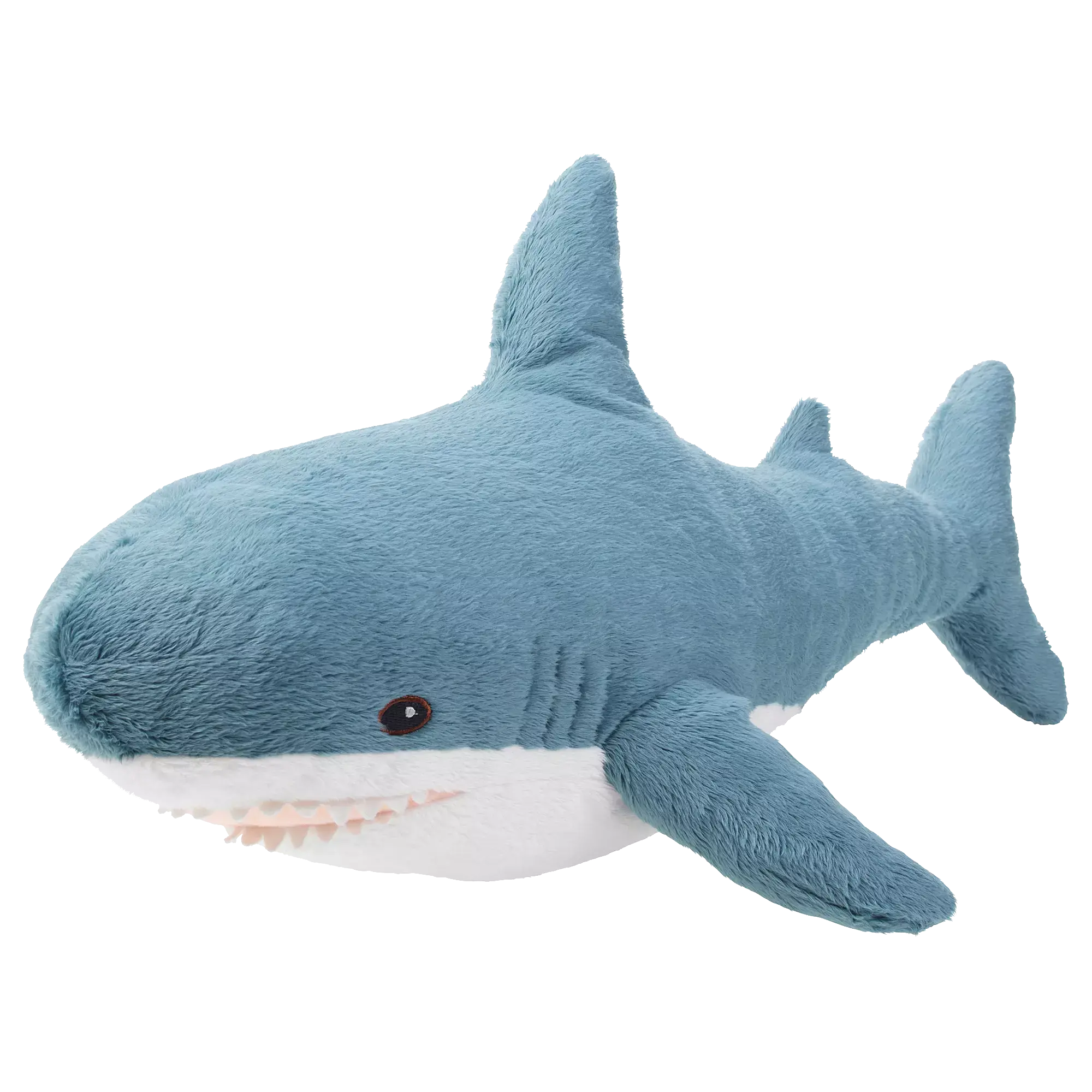MFs worried about bill gates trying to chip them didn’t even think about big parma
Also real quick
The trackers are in the shell which you don’t eat (or aren’t supposed to eat)
Which I will use it when making tomato sauce.
I, too, like my chips with dip.
And they’re the size of a grain of salt.
Perfect, my one bad tooth will find it right away then
🍋
Somewhat of a tangent, but can we stop caring about the location where a product was made and focus solely on quality itself? Like, I bet the counterfeiters make a lot of money by producing quality cheese that taste just as good but are just made somewhere else.
You have a good point. At the same time, I’d like to pay what I think I’m getting. If someone is selling me something and making me think it’s something else, I think that’s wrong.
Some foods do have specific, regional character. Is the milk or yeast from the next county over going to make a cheese that tastes the same? Idk but you can get very similar styles of cheese made elsewhere.
That all being said, I can see why calling same thing Parmesan when it’s not from Parma, is not entirely truthful, if consumers care about origin. Which in the EU they certainly do.
I for one really do not care whether it’s called Parmesan or Parmigiano Regiano. Good cheese is good cheese.
Can only judge quality by trademarks and place of origin is essentially an extension of trademark. I don’t really have a problem with it.
No, quality is independent of location of production. Proof of the pudding is in the eating as they say. Reputation is tied to the producer. Quality is tied to an individual instance of the product. Thats why certain things have QA tags. This technology doesn’t represent quality. It only verifies sourcing.
As long as the counterfeit cheese meets all production regulations and is safe to eat I dont care. But the truth is the counterfeit probably cut amlot of corners and isn’t that safe and if people get sick will be much harder to track and prevent future issues.
It likely ranges. A lot of time the counterfeit is good cheese, it’s just not from the correct region. It’s not like buying a “Soony Walkman” or something. And if you can’t tell it’s counterfeit by how it tastes after the fact, then who is this program protecting?
I am ok with “imitations” that follow the same process but it gets really specific when it’s about the weather in a specific region making. You can reproduce the same environment and bacterias but to get it just like the original it’s probably a lot more difficult than to make the product in its traditional “authentic” setting. Unless it allows increased production it’s difficult to see how it would be commercially viable. So in practice they cut corners and it’s not as good as the real one.
Cheese NFT
The photocells, when illuminated by a pulsed laser, provide power to the electronic circuits on the chip with ~10% efficiency. The chip transmits its ID through modulated current in the antenna. The varying magnetic field around the chip is received by a nearby coil in the reader, and the signal is digitized, analyzed, and decoded.
https://www.ncbi.nlm.nih.gov/pmc/articles/PMC5896163/So it’s security is that it’s not near field based but photovoltaic based. You’d have to copy it’s design to clone it.
That’s pretty cool even without the cheesy factor
“How did they get root access to the parmesan wheels!?” -Future cheese hacker film
They were members of the wheel group
they were know as the hacker 4cheese
This is literally just a type of NFC. The same type of thing that’s used whenever you scan your credit card or use an Amiibo. It is interesting that it doesn’t use RFID standards, but conceptually it’s the same idea of an ultra-low-power chip with an antenna with the only purpose being to transmit a few bytes of data when scanned.
I think the appeal here is the chip is uncloneable, unlike ordinary rfid tags, so counterfeit products can’t just clone it serial number. I wonder how useful it is in practice though. Unlike RFID tags which can be scanned by phones, customers probably don’t have the proprietary scanner in hand to scan this chip, right? How do you know your cheese wheel is fake or not in that situation. You’ll probably have to trust the store you bought it from, but if the store want to sell fake product, adding this chip to real products probably won’t prevent those fraudulent stores from selling fake products to their customers. Am I missing something here?
End users (so to speak) usally don’t buy full parmesan wheels, anyway ;)
Not near field, since it uses photovoltaic cells with a pulsed laser for power.
Ya know, the concept of cheese DRM never even crossed my mind…
How in the hell do you counterfeit CHEESE???
omg cheese fraud is real??
Bah! Foiled again!
I can definitely get on board with this cheese to chip ratio
Finally! 5gs to go with my five cheese.













